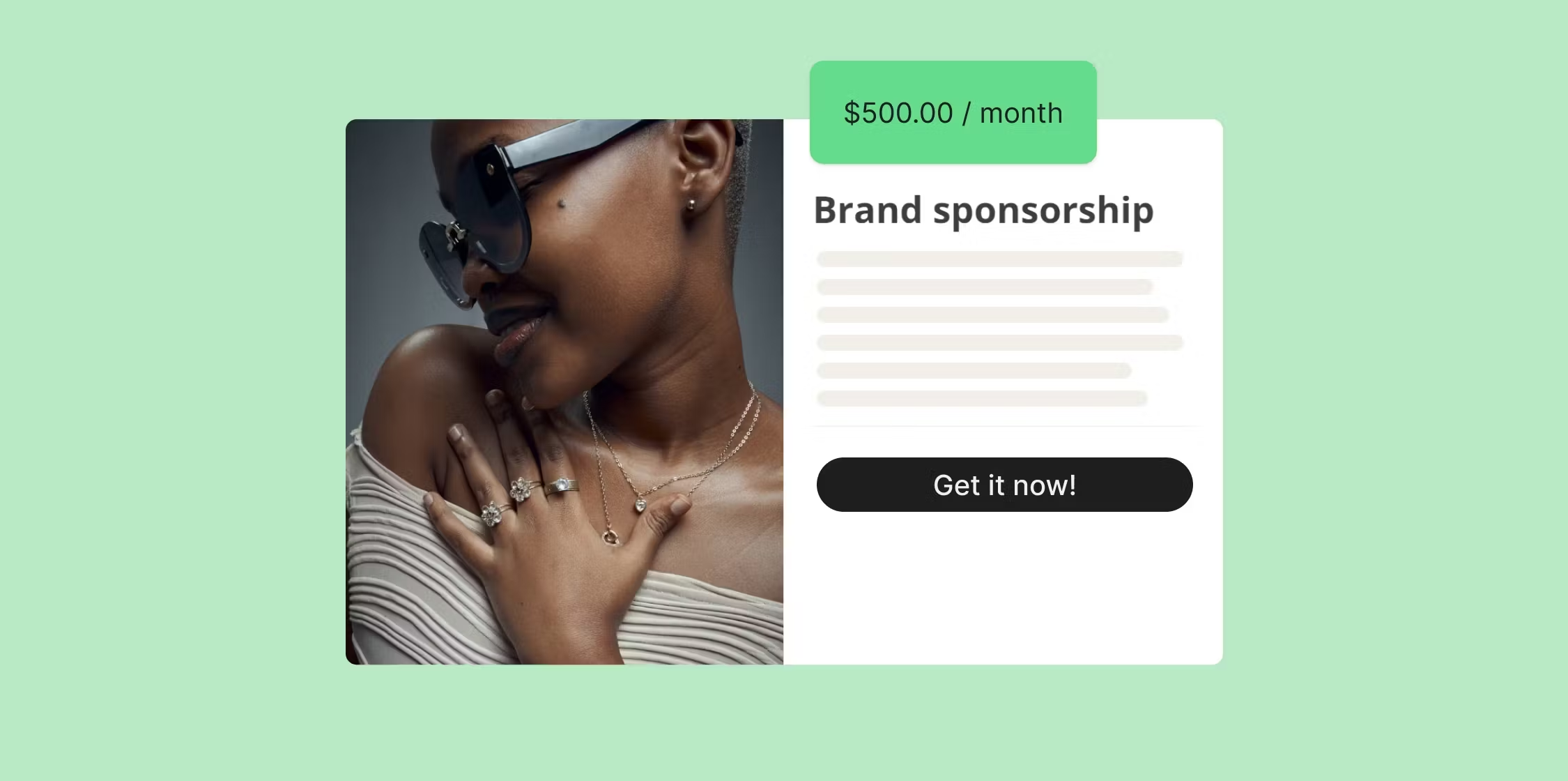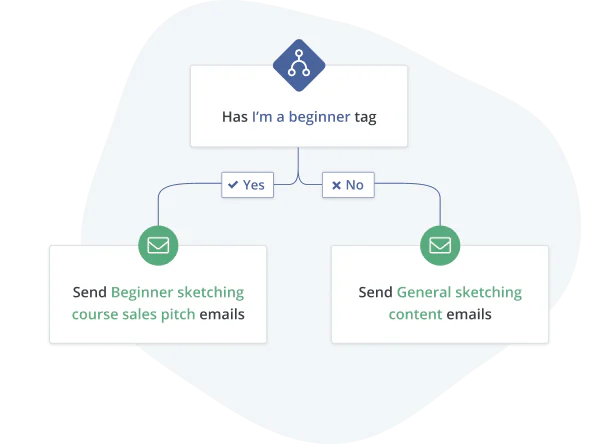The creator’s guide to landing high-value brand sponsorships – no matter your niche
Updated: November 06, 2024
16 min read

Turn your side-hustle into your full-time career
Sending your audience content they care about with Kit automations not only helps you build your authority, it also helps you makes hands-off sales.
Start a free Kit trial
Dana Nicole
Dana is a freelance writer who works closely with B2B SaaS brands to create content people enjoy reading. When she’s not working, you’ll find her sipping on a warm cup of tea and reading a good book (the scarier, the better). See what she’s up to at www.dananicoledesigns.com (Read more by Dana)


